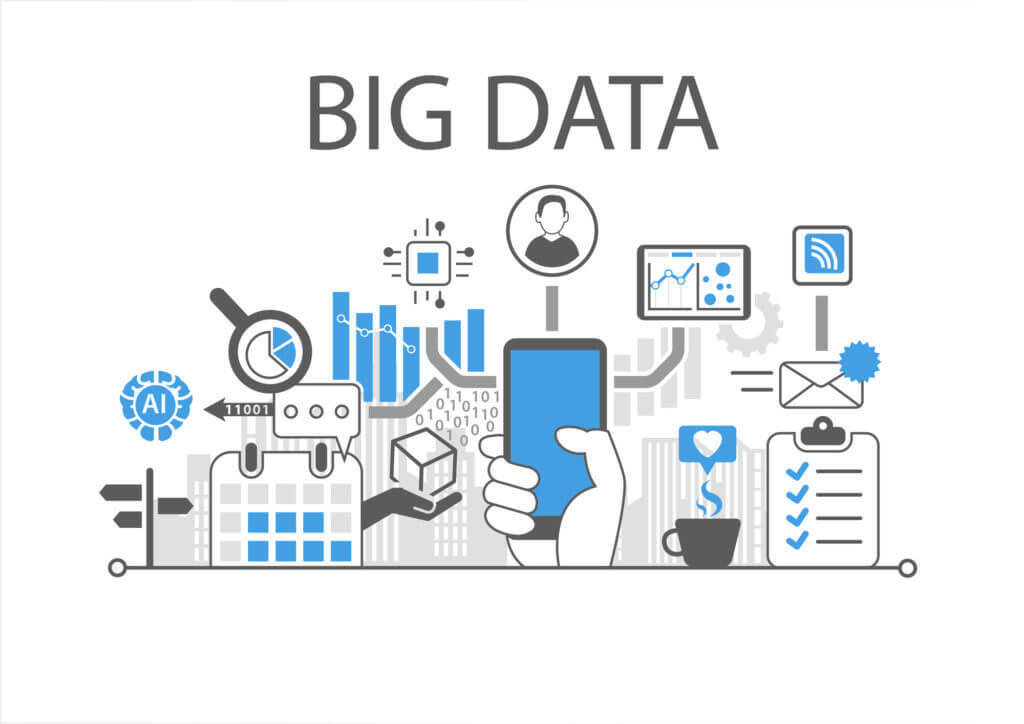Variety: however, the main challenge of Big Data lies in the great difference in different formats in which we find the data and which can range from simple text, to images, videos, spreadsheets and entire databases.
Accuracy: In addition, the data has to be reliable and has to be kept clean. A large amount of data is worthless if it is incorrect and can be highly damaging, especially in automated decision making.
Value: finally, the data and its analysis must generate a benefit for companies.
If you need Help, contact Brett Parker Sap




